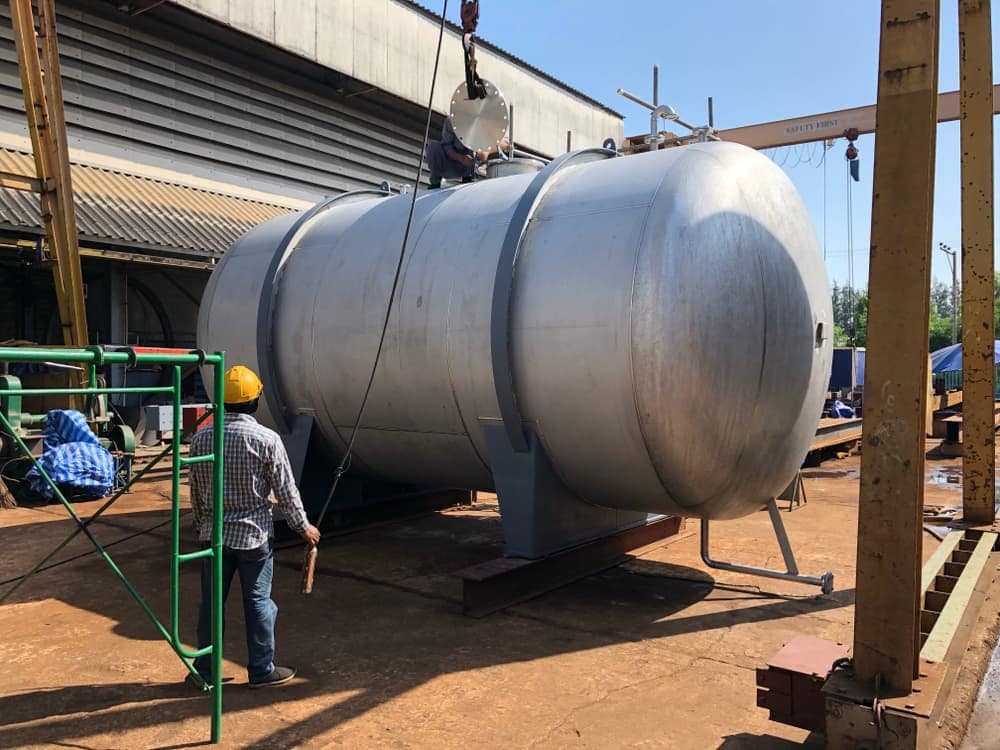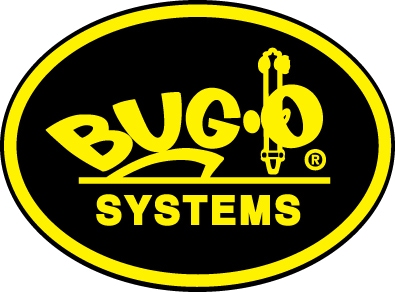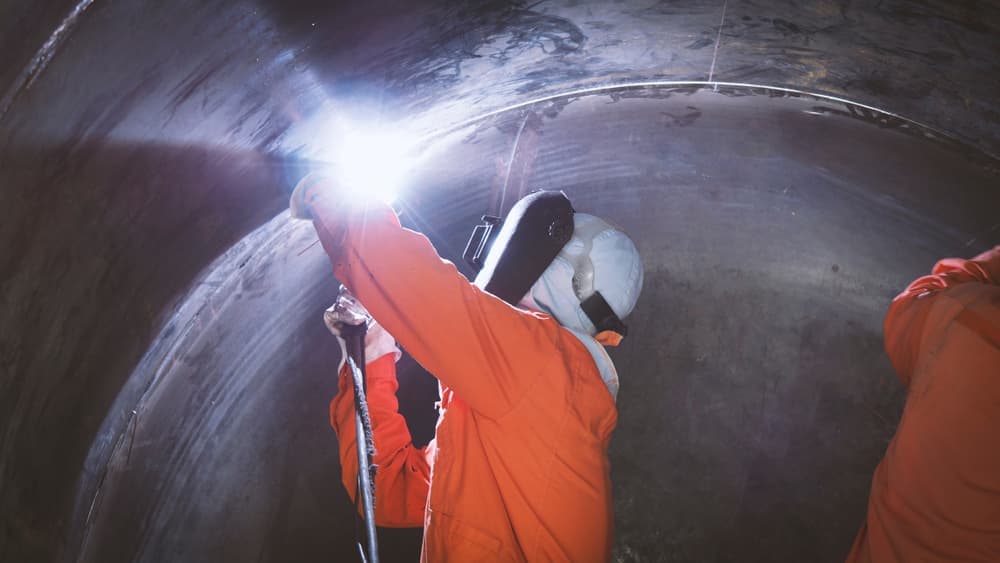Pressure vessels are essential equipment in various industries, including petrochemical, oil and gas, and food and beverage. These vessels are designed to contain gases or liquids at high pressures and temperatures, and their fabrication requires meticulous attention to detail to ensure safety and reliability. Welding is a crucial part of pressure vessel fabrication, and different types of welding techniques are used depending on the materials involved and the vessel’s requirements.
In this blog post, we will explore the various types of welding used in pressure vessel construction and their significance. But before diving into that, let’s look at the fabrication process of creating these vital vessels. From designing and engineering to cutting and welding, the fabrication process for pressure vessels requires a high level of expertise and precision to ensure that the final product meets all safety and quality standards.
What Is the Fabrication Process for Pressure Vessels?

The fabrication process for pressure vessels involves several steps to ensure their structural integrity and functionality. Here is an overview of the typical fabrication process:
- Design and Engineering: The first step in pressure vessel fabrication is the design and engineering phase. This includes determining the vessel’s dimensions, capacity, material specifications, and required pressure and temperature ratings.
- Material Selection and Preparation: Once the design is finalized, the appropriate materials for the pressure vessel are selected. Common materials include carbon steel, stainless steel, and alloys. The materials are then prepared by cutting, forming, and machining into shapes and sizes.
- Welding and Assembly: The pressure vessel welding procedure plays a crucial role in joining the various components of the pressure vessel together. Skilled welders use specialized welding techniques to create strong and durable weld joints. The welding process must be performed by approved welding procedures and quality control measures to ensure the integrity of the welds.
- Non-Destructive Testing (NDT): After the welding is complete, non-destructive testing techniques are employed to detect any potential defects or flaws in the welds. NDT methods such as ultrasonic testing, radiography, and magnetic particle inspection are used to assess the quality and integrity of the welds. Any detected defects are repaired and retested to ensure compliance with quality standards.
- Surface Treatment and Finishing: Once the welding and testing are successfully completed, the pressure vessel undergoes surface treatment, which may include cleaning, deburring, and passivation to remove any impurities and improve corrosion resistance. Finally, the vessel is finished with coatings or paint to protect it from external environmental factors.
- Final Inspection and Certification: The completed pressure vessel undergoes a comprehensive final inspection to verify that it meets all required specifications, codes, and standards. Qualified inspectors assess dimensional accuracy, weld quality, and overall structural integrity. Upon successful inspection, the vessel is issued the necessary certifications and documentation to comply with industry regulations.
Importance of Quality Welding for Pressure Vessel Fabrication
Quality welding is the cornerstone of a successful pressure vessel fabrication process. Poorly welded vessels can suffer from structural failure and are unsafe to use in high-pressure or hazardous applications. Therefore, choosing the appropriate welding technique and adhering to strict quality control standards when manufacturing pressure vessels is essential.
Types of Welding Used for Pressure Vessels
In pressure vessel fabrication, different welding techniques are employed to ensure the integrity and strength of the final product. Two commonly used welding methods in pressure vessel construction are Flux-Cored Arc Welding (FCAW) and Gas Metal Arc Welding (GMAW).
- Flux-Cored Arc Welding (FCAW): FCAW is a versatile welding process that utilizes a tubular wire electrode filled with flux. This type of welding offers high deposition rates and deep penetration, making it well-suited for thick materials often used in pressure vessels. FCAW is known for its ease of use and suitability for various indoor and outdoor applications.
- Gas Metal Arc Welding (GMAW): GMAW, also known as MIG (Metal Inert Gas) welding, is widely employed in pressure vessel fabrication. It involves using a continuous wire electrode that melts to form the weld. GMAW provides excellent weld quality, good productivity, and versatility in welding different materials, including carbon steel and stainless steel.
These welding techniques play a critical role in the fabrication of pressure vessels, ensuring the proper joining and structural integrity of the vessel’s components. By utilizing these proven welding methods, fabricators can achieve reliable and high-quality welds, meeting the stringent requirements of pressure vessel construction.
Rely on Bug-O Systems for Quality Welds
When it comes to achieving exceptional welds for pressure vessels, fabricators can count on our solutions. With over seven decades of experience, Bug-O Systems manufactures cutting-edge equipment that provides precise path and speed control for welding guns and cutting torches.
Discover how our modular and portable solutions empower fabricators, ensuring efficiency, profitability, and high-quality cuts and welds. Contact us today and learn how we can help you take your pressure vessel fabrication process to the next level.
Expand Your Knowledge
Mechanized Welding Process: Improving Production & Quality
Difference Between Welding Mechanization vs. Automation
The Importance of a Proper Weld Setup for Fabrication
Bug-O Products that Support Different Types of Welding Positions
How to Increase Production in Manufacturing through Welding Mechanization
Shipbuilding Welding Process: Main Types and How to Improve Production


Recent Comments